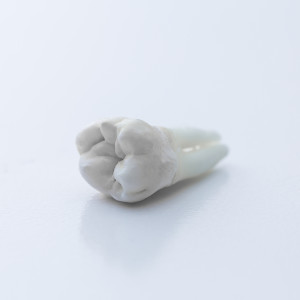 Losing a tooth can be devastating, and if it was due to accidental trauma, it can be painful, as well. In many cases, losing a tooth is considered a dental emergency, and you should seek treatment as soon as possible. Sometimes, though, tooth loss occurs over a longer period of time, such as when periodontal disease develops and progresses, or when a loose tooth is ignored long enough. If you neglect to treat a dental issue while your tooth can still be saved, then you could lose it, and replacing it may be an immediate need. Otherwise, the resulting discrepancy in your smile could lead to further dental health issues, and possibly more extensive tooth loss, in the future.
Losing a tooth can be devastating, and if it was due to accidental trauma, it can be painful, as well. In many cases, losing a tooth is considered a dental emergency, and you should seek treatment as soon as possible. Sometimes, though, tooth loss occurs over a longer period of time, such as when periodontal disease develops and progresses, or when a loose tooth is ignored long enough. If you neglect to treat a dental issue while your tooth can still be saved, then you could lose it, and replacing it may be an immediate need. Otherwise, the resulting discrepancy in your smile could lead to further dental health issues, and possibly more extensive tooth loss, in the future.
How Did You Lose Your Tooth?
Accidental tooth loss is fairly straight-forward. A direct impact, such as a blow to the face, can severely break a tooth, or knock the tooth’s root free of its socket within your jawbone. However, dental issues like gum disease claim teeth through much slower processes.
For instance, gum disease, which develops from oral bacteria gathered along your gum line, can destroy the gums and jawbone that support your teeth. If not treated, the disease can leave teeth without adequate support, causing them to grow loose and fall out, or require extraction.
Replacing a Lost Tooth
Tooth loss is considered an emergency because of the effect it has on your dental health. With even one tooth missing, the rest can shift out of place, disrupting your bite’s balance and exposing your teeth to uneven amounts of pressure.
To avoid dental damage, malocclusion, and other issues resulting from tooth loss, we can replace your lost tooth with a dental implant and crown after the issue that caused it is resolved. The implant will be inserted into the jawbone where the tooth root is missing, then used to support a lifelike dental crown that will fill the gap in your smile.

Recent Comments